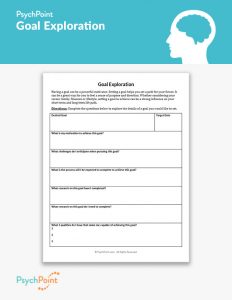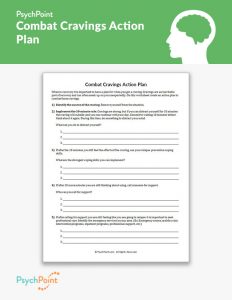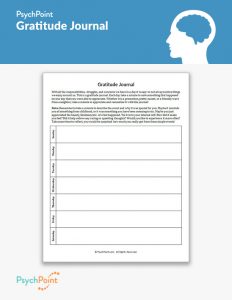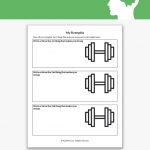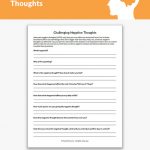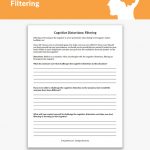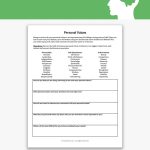Identifying Triggers For Anxiety Worksheet
Worksheet published on August 26th, 2022
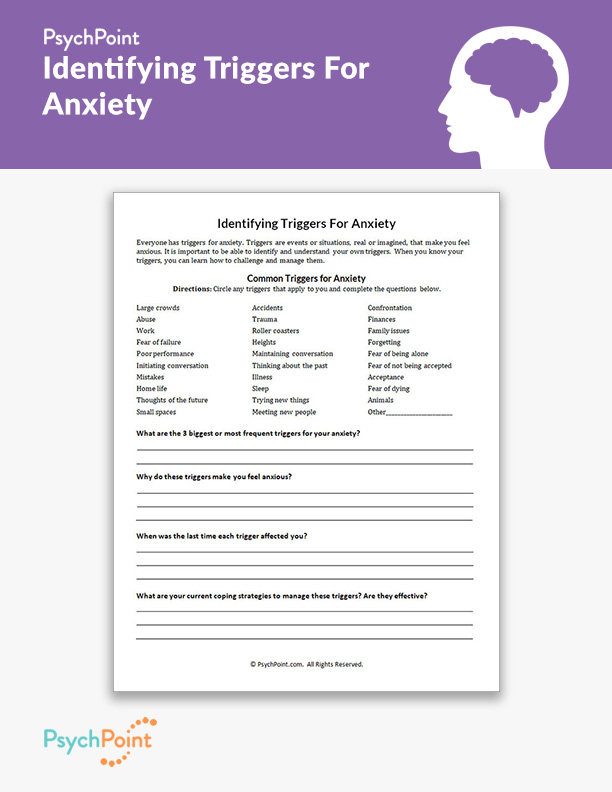
Anxiety is a powerful emotion that can take a toll on a person. It can affect a person’s self-esteem, stress management skills, relationships, and performance at work and school. Anxiety can be difficult to live with but gaining an understanding of what anxiety is and how it affects a person can be a great way to learn how to manage symptoms.
Anxiety may feel as though it is happening for no reason sometimes, but there is usually a trigger for symptoms of anxiety. It is important for people who struggle with anxiety to be able to identify their triggers.
When affected people can identify and understand their triggers, they can learn how to manage them so they are not so intense. They also learn how their anxiety affects their lives, which can help empower a person with anxiety to not feel less capable than others.
Identifying triggers helps a person with anxiety learn about their condition. It also helps to teach coping skills that mentally prepare them for moments when they are triggered.
About This Worksheet
This is the Identifying Triggers for Anxiety worksheet. This worksheet is used to help a person understand what their triggers are and how their anxiety affects their life.
The questions on this worksheet are designed to reflect on triggers that may be causing anxious feelings, understand why they are triggers, and learn about what has been done so far to manage triggers. This worksheet also reflects on what coping skills work and do not work.
Having a client complete this worksheet can shed light on the details of their condition for both the client and the therapist.
This worksheet is great for adults who are struggling with anxiety. It provides education about triggers for anxiety and can be helpful in individual and group settings.
Instructions
This worksheet is intended to be a useful tool for helping the client learn how they are affected by their anxiety. On this worksheet, the client will be asked questions about their triggers for anxiety, and why those triggers cause anxious feelings.
Take time to review the common triggers for anxiety with the client. Answer questions that they have about what anxiety is and how triggers can cause anxious feelings. When the client is ready, allow them time and space to complete the worksheet. Once the client has completed the worksheet, review the results and discuss their current triggers and coping skills. You may provide a copy of the completed worksheet to the client if you feel it can be used as a helpful reference between sessions.
This worksheet is great for beginning therapeutic work to help the client develop a deeper understanding of their anxiety and how to try new ways to manage it.

